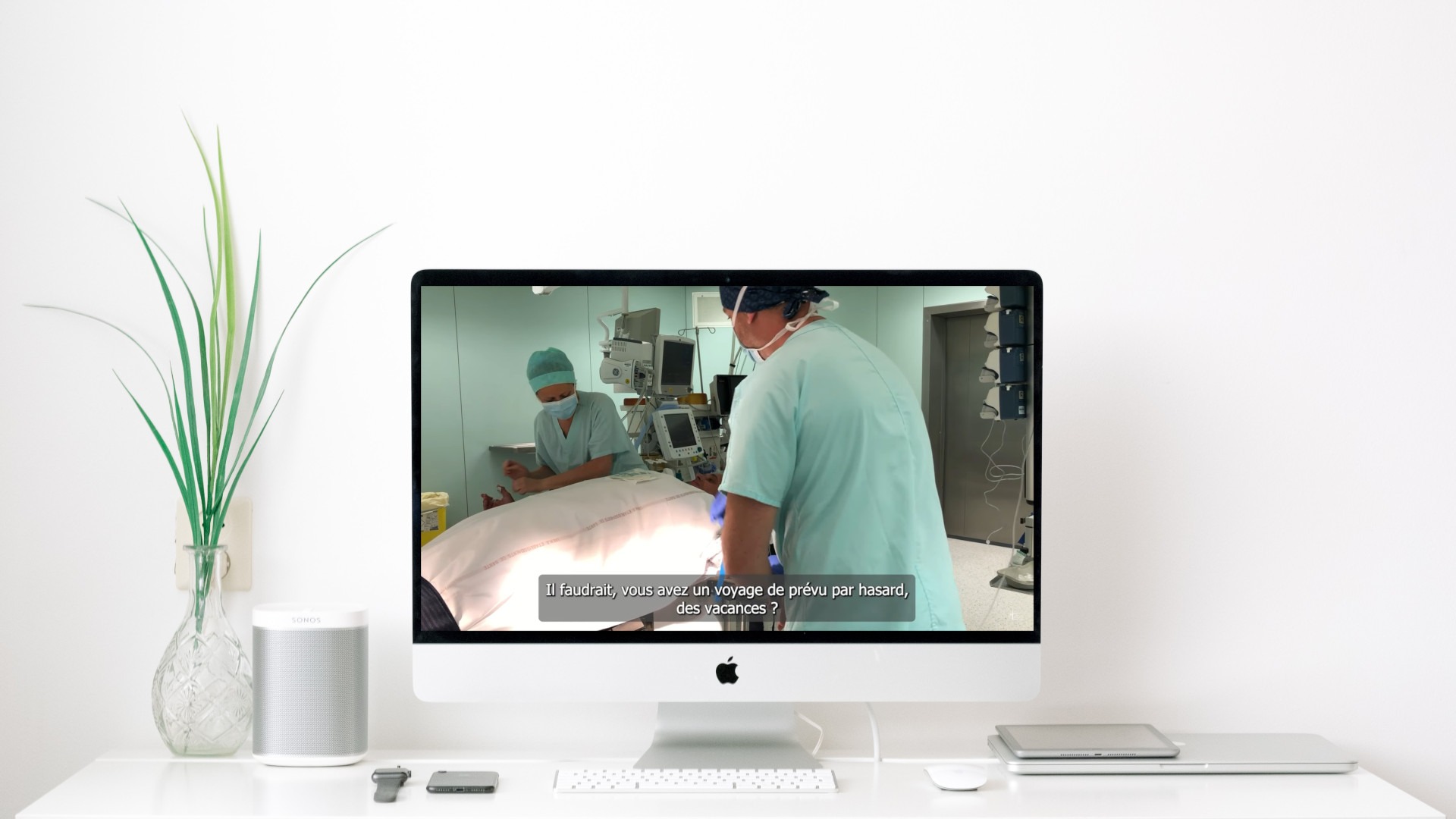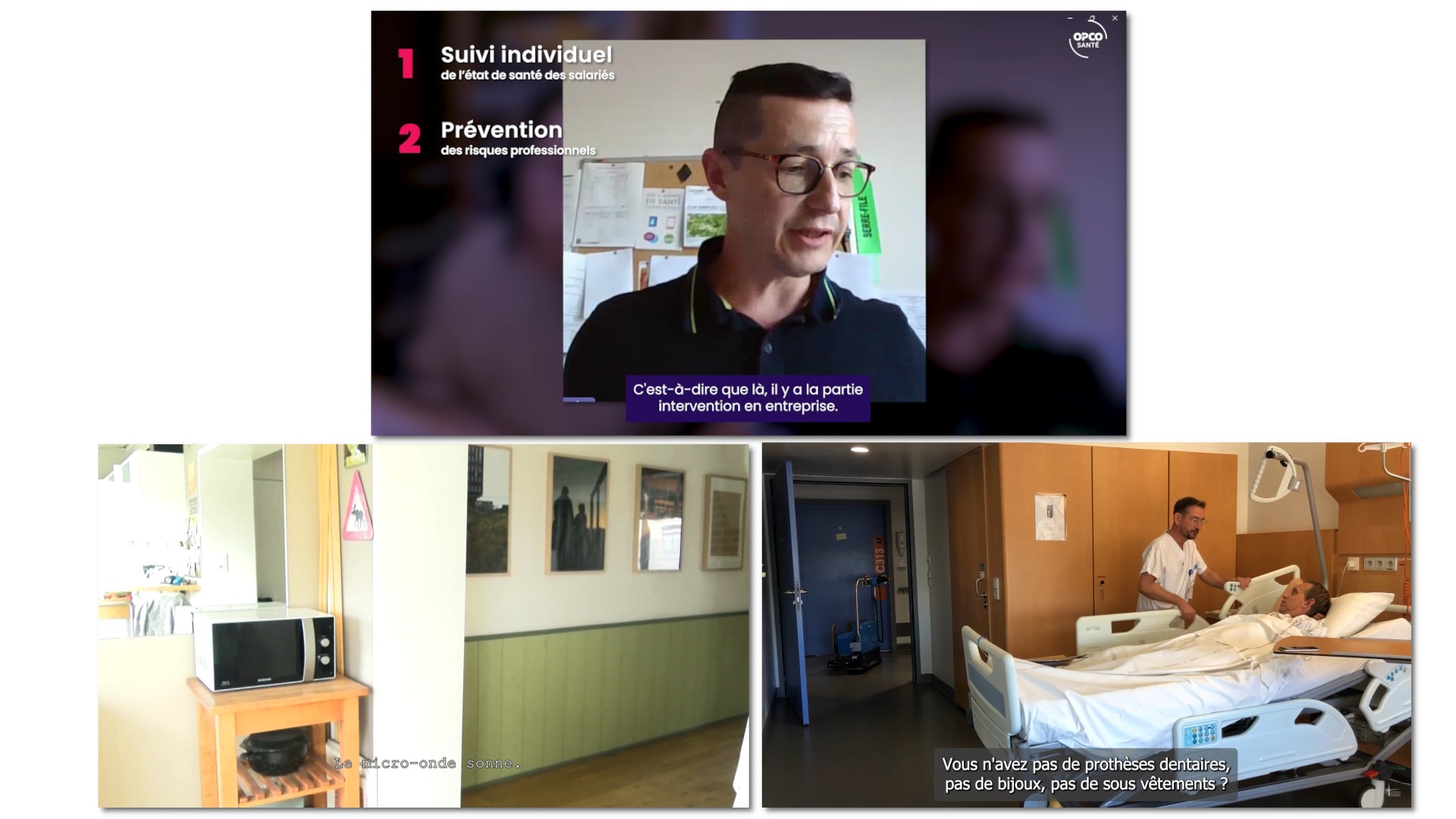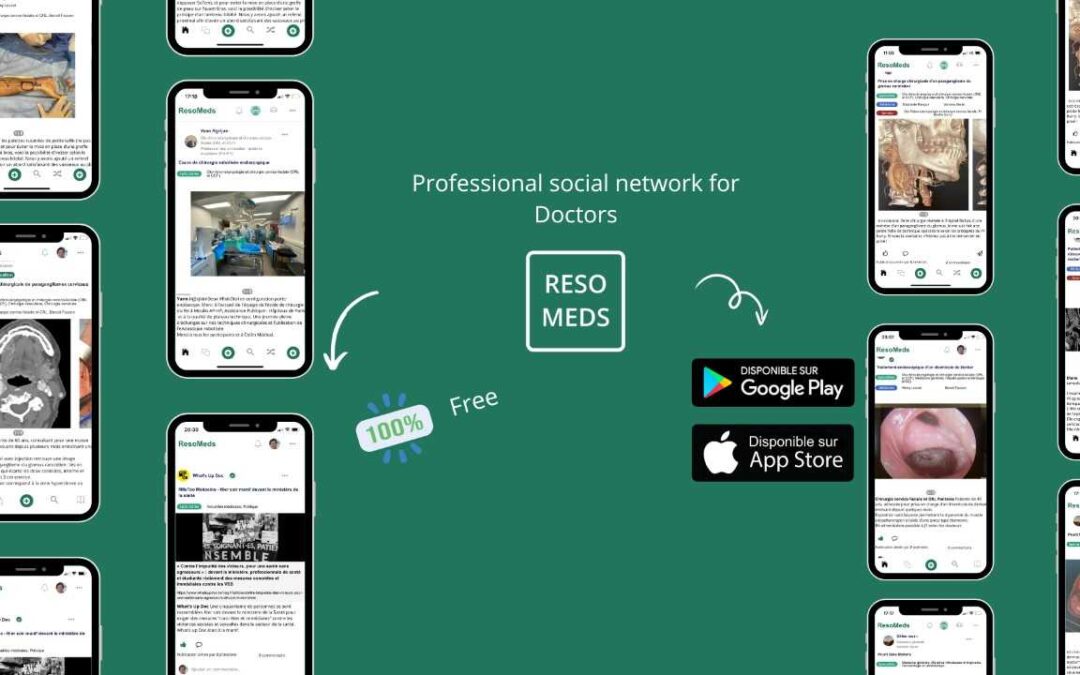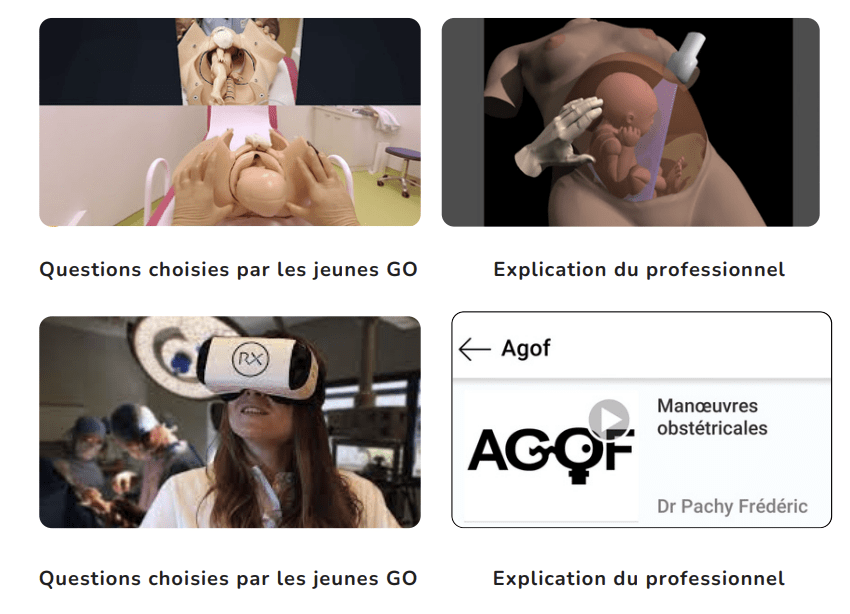A key educational tool and a way to increase your audience, subtitling is subject to certain standards. Display time, colours, number of characters per line… Here’s everything you need to know about effective subtitling.

Subtitle alignment
Aligned left or centre, certain standards govern the optimal presentation of subtitles.
Today, subtitling is an almost unavoidable step in the video editing process. This technique involves transcribing the script of video content. Subtitles accompany a voiceover or offer a translation (in one or more languages) of the spoken word, in order to offer the content internationally. They are a guarantee of accessibility, whether because you are hard of hearing or because you cannot benefit from the sound of the content at the time of viewing.
On the web, this practice has become widely democratised with the advent of social networks, on which 85% of people consume content without sound (in transport, in noisy environments…) according to a study by Digiday.
For more technical subjects, such as surgical videos, subtitles are also used to make the content easier to understand. A written support explaining the most complicated terms or instrument names helps the information to be assimilated. Viewers can pause the video, take the time to reread the part that interests them, take notes and then move on to the rest of the video.
Like many other aspects in the video industry, subtitles are subject to reference standards, rules, defined to make them comfortable to read. Some are better suited for short films, others to news reports, and yet others to what interests us here: surgical video.

Subtitle size
If the subtitles seem disproportionate compared to the video, it’s because they’re the wrong size. Video credit: CHRU Strasbourg.
Importance of technical standards for subtitling
To begin with, it is interesting to know what these criteria are. They were chosen to homogenise subtitling practices, and above all to make them accessible to as many people as possible.
Many have been designed for more complex formats than that of surgical videos (films broadcasts, cinema or on television and documentaries, etc.), incorporating speeches by several protagonists who may or may not appear on screen.
Even if they don’t all concern us, it’s still useful to keep the main ones in mind and understand them so that you can adapt them:
- Duration of display of a subtitle : 2 to 3 seconds minimum for short subtitles (one to two words, such as logical connectors) to 5 seconds maximum, while taking into account the fact that in French, we read an average of 15 characters per second. The standards recommend a minimum of 1 second for subtitles, but there is a significant risk that the text will be too short to be readable;
- Length: 38 to 40 characters per line (maximum two lines per section) ;
- Positioning of subtitles : centred at the bottom of the image, ideally aligned to the left as the eye finds the start of a line more easily if all the lines are aligned to the left ;
- Subheadings on two lines : avoid hyphenation and follow the semantic units within a sentence as closely as possible (for example: ” Care must be taken with the incised area ” would be broken down as follows: ” Care must be taken / with the incised area ” since ” with the ” is relative to the group ” incised area “) ;
- Typography : preferably sans serif, as simple as possible, with a size that is neither too large nor too small. This is left to the discretion of the rider. To find the right balance, the best thing to do is to view the video at full size to get a clear idea of the size of the text.
There are other, more specific characteristics: the space between texts when there is a change of plan, colour, punctuation, dialogue breakdown, transcription of noise, type size, etc. In our case, paying attention to those listed above is more than enough.

Subtitle shape
Subtitles often take different shapes, depending on the medium in which they are broadcast, and sometimes on the graphic charter of the company broadcasting the video. Video credits: 1 – OPCO Santé; 2 – Lucie Leclercq; 3 – CHRU Strasbourg.
Get professional-quality subtitles
It’s important to understand that poorly prepared subtitles can negatively influence the rendering of a video. Doing things properly, step by step, will guarantee professional quality: reread the texts several times for an initial simulation, ask for validation from an outsider to assess reading ability and speed, check the spelling one last time…
Numerous subtitling software packages exist, with varying degrees of automation depending on their complexity. Some offer great flexibility in terms of font, colour and time-coding of text sections, while others are easier to learn but more limited in terms of functionality.
It is also possible to subtitle rushes directly at the time of video acquisition with the appropriate equipment, but this technique is not very precise and leaves little room to edit the content afterwards.

Subtitles readability
To help make video clearer, subtitles must be well spelt and readable, otherwise the viewer may get lost.
The benefits of subtitling for surgeons
Among other formats, educational surgical videos are a very specific genre, governed by precise rules and viewed by a highly targeted audience. Even more so than for other content, subtitles play a central role.
Firstly because, unlike other formats, subtitles increase the educational value of a surgical video. They help understand the voiceover and offer web users a double entry point for information by stimulating different types of memory : auditory and visual.
In addition, when the video does not have a voiceover, subtitles can be used to provide the narrative, additional information that images and annotations are not always enough to provide.
Surgical video: the best practices to adopt
As a result, there are other, unofficial, points to bear in mind when it comes to making subtitles for this kind of educational content effective.
- Think about the formatting of subtitles and annotations so that they don’t clash or overlap. Once again, the aim is to make everything readable.
- Don’t hesitate to support the subtitles by highlighting technical vocabulary and proper names for several seconds, rather like annotations.
- Even more than for other video formats, pay the utmost attention to playback time and the number of characters per line when synchronising. Given the amount of information present in a surgical video, subtitles must be as comprehensible as possible.
Respecting these recommendations can greatly increase the educational potential of a surgical video… which is, after all, the primary goal we are trying to achieve.
The creation of subtitles is sometimes seen as anecdotal : this is a mistake ! It is a very important part of the editing work, and with a little practice and organisation, it is possible to make this step easy and more or less quick to achieve.
Read more

Surgical Video Summarization: Multifarious Uses, Summarization Process and Ad-Hoc Coordination
While surgical videos are valuable support material for activities around surgery, their summarization demands great amounts of time from surgeons, limiting the production of videos. Through fieldwork, we show current practices around surgical videos. First, we...

ResoMeds: a social network sharing videos
Case reports enrich medical knowledge and training, and improve practice [1-4]. However, their publication is often limited in existing journals [5]. We aim to highlight the importance of creating a platform for physician exchange to promote peer learning, case...

Videos improve knowledge retention of surgical anatomy
In otolaryngology, a new publication shows that an educational video improves anatomy learning and knowledge retention in the long term. This study conducted by the ENT team at Necker-Enfants Malades, APHP (Université Paris Cité) and led by Pr François Simon shows the...

Surgical videos: using the most efficient medium. AGOF’s associative experience
In 2010, the French National Authority for Health (HAS) issued the famous slogan for apprentice surgeons: "Never perform surgery on a patient for the first time" (1). It is sometimes difficult for a young surgeon to accept that he or she has not received sufficient...
